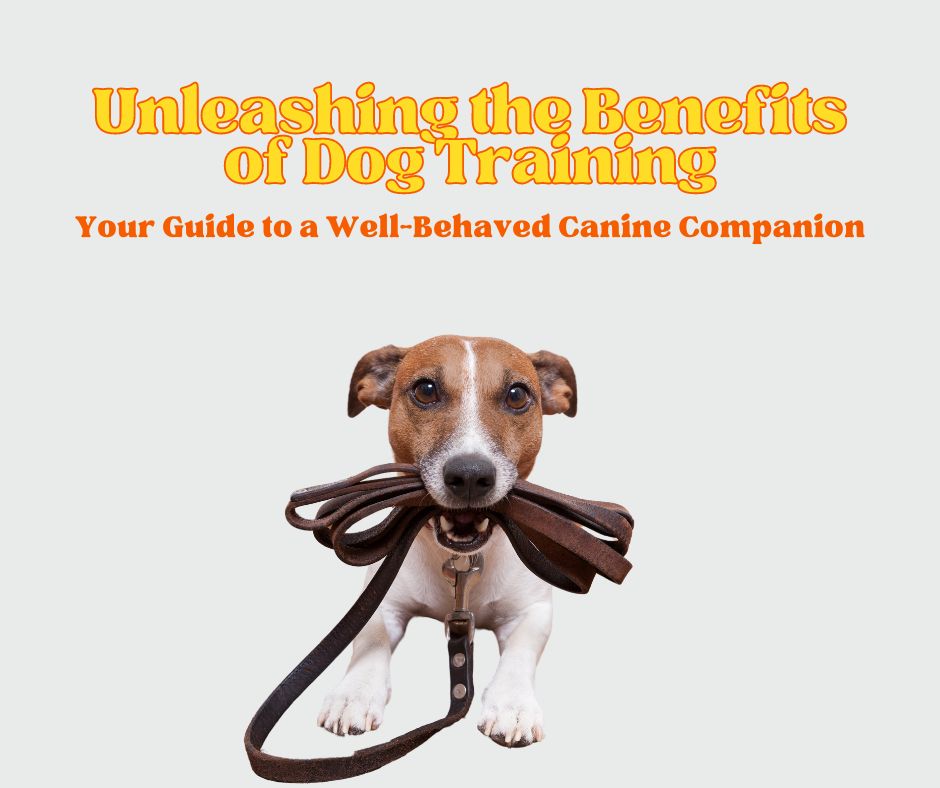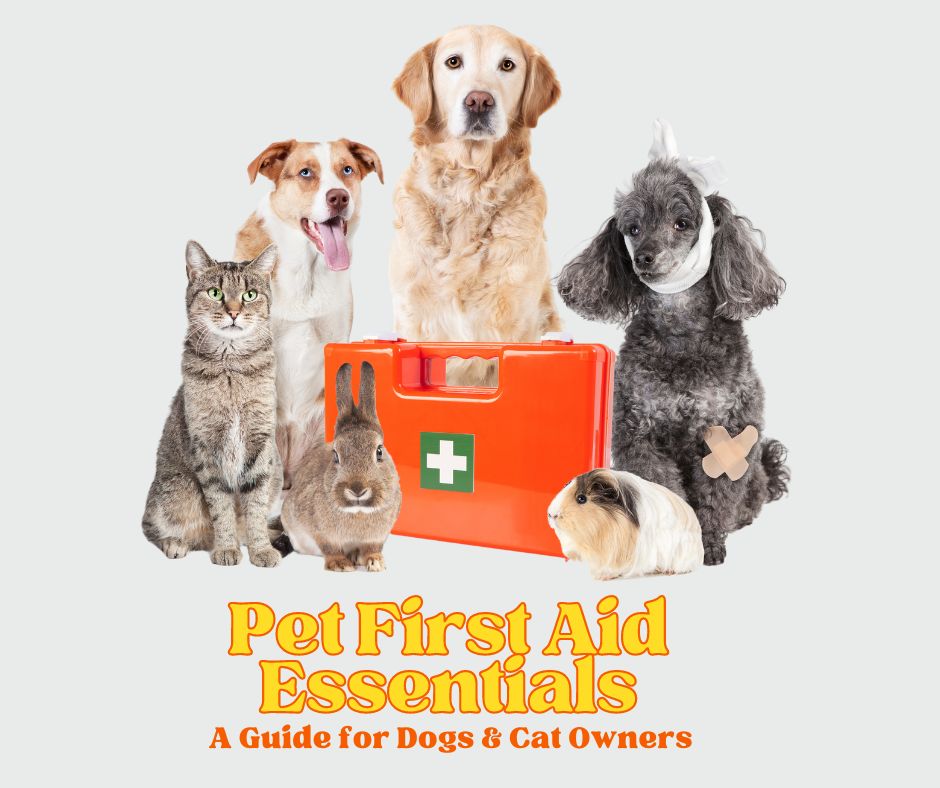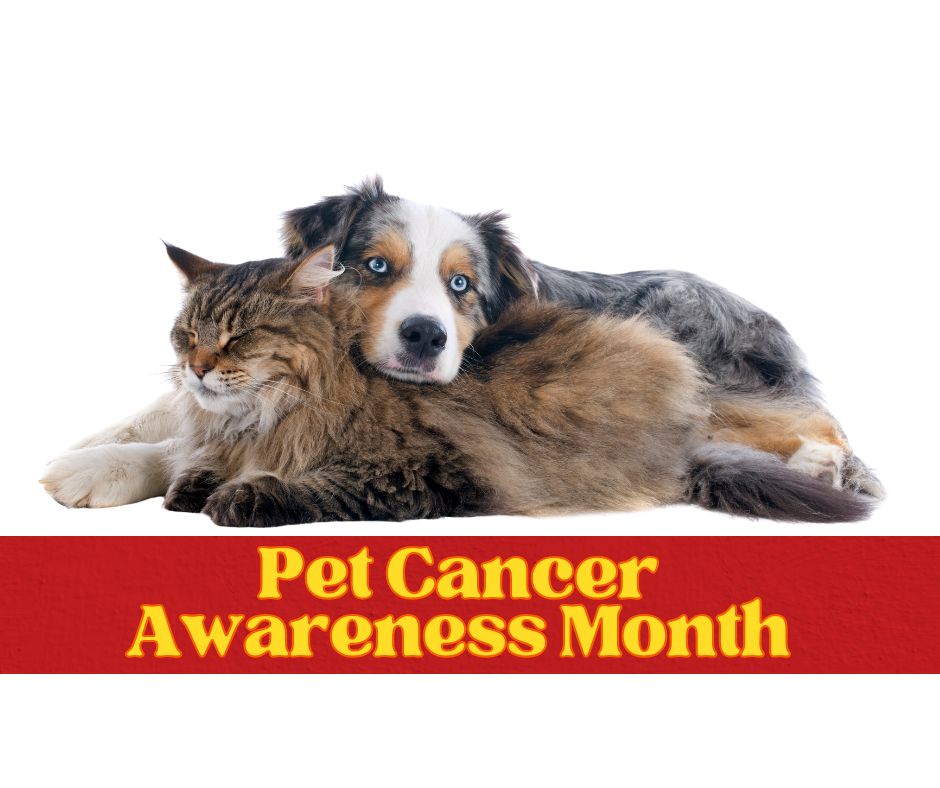Our pets are beloved members of our families, and we’d do anything to ensure their well-being. But amidst the wealth of information available about pet care, there are a multitude of myths and misconceptions that can lead well-intentioned pet owners astray. From old wives’ tales to internet rumors, these common pet health myths can affect the way we care for our furry companions. In this blog, we’re going to debunk 4 common pet health myths and shed light on the facts.
Pet Health Myth 1: “Pets Age Seven Years for Every Human Year”
One of the most enduring and widely believed myths about dogs is that they age at a rate of seven years for every one human year. This myth suggests that a one-year-old dog is the equivalent of a seven-year-old human, a two-year-old dog is as mature as a 14-year-old, and so on. While it’s a fun and easy way to conceptualize our furry friends’ aging process, it’s far from accurate.
How Pets Actually Age
The commonly accepted method to calculate a dog’s age in human years is a bit more complex than the simple 7:1 ratio. It varies with size and breed. Here’s a rough guideline:

Why the 7:1 Myth Persists
The 7:1 myth likely persists due to its simplicity and convenience. It’s an easy rule of thumb for estimating a dog’s age in human terms. However, the more accurate guidelines provided by the chart offer a better understanding of your pet’s life stages.
Knowing your dog’s true age in human years can help you provide appropriate care. Dogs, like humans, have different needs as they age, and understanding their developmental stage can lead to better healthcare and an improved quality of life for your furry friend. So, the next time someone mentions the 7:1 rule, you can enlighten them with the more precise information we’ve shared here. Your dog’s well-being will thank you for it.
Pet Health Myth #2: “Grain-Free Diets are Always Healthier for Dogs and Cats”
The myth that grain-free diets are inherently healthier for dogs and cats has gained substantial popularity in recent years. Many pet owners have been led to believe that eliminating grains from their pet’s diet is a one-size-fits-all solution for improving their pet’s health and well-being. However, like many other pet health myths, this one is more complex than it may seem.
The concept behind this myth suggests that grains are responsible for various health issues in pets, including allergies, obesity, and digestive problems. Therefore, it argues that removing grains from a pet’s diet is the best way to ensure their overall health and longevity.
The Reality: Nutritional Balance is Key
While it’s true that some dogs and cats can benefit from grain-free diets, the reality is far more nuanced. Not all pets require grain-free food, and the decision should be based on individual factors, including the pet’s health, age, and dietary needs.
1. Allergies. While some pets do have grain allergies, it’s important to note that allergies to grains are relatively uncommon. In fact, proteins like beef and chicken are more likely to cause allergic reactions in pets. Therefore, going grain-free may not always address the underlying issue.
2. Nutritional Balance. Grains can provide valuable nutrients, such as fiber, vitamins, and minerals. Removing grains without appropriate substitutions can lead to an imbalanced diet, which may negatively impact your pet’s health.
3. Weight Management. Obesity in pets is a growing concern, and grain-free diets are not a guaranteed solution. Excessive calorie intake and lack of exercise are more likely contributors to obesity than the presence of grains in the diet.
4. Individual Health Needs. Different pets have different dietary requirements based on their age, breed, and health conditions. A grain-free diet may be suitable for one pet but entirely inappropriate for another.
Consulting Your Veterinarian
The key to providing the best diet for your pet is not to rely on myths or trends but to consult with a veterinarian. Your vet can assess your pet’s individual needs and recommend an appropriate diet that considers factors like allergies, age, breed, and health status.
In conclusion, while grain-free diets can be beneficial for certain pets, they are not universally healthier for all dogs and cats. The myth of grain-free diets as a panacea for pet health issues underscores the importance of seeking professional guidance when it comes to your pet’s nutrition. Your veterinarian is the best source of information to ensure that your pet’s diet is tailored to their specific requirements and promotes overall well-being.
Pet Health Myth #3: “Pets Don’t Need Dental Care”
One of the most persistent pet health myths is the belief that our furry friends don’t need dental care. Some pet owners might think, “Why would a pet need dental care when they have teeth that fall out naturally or self-clean like a wild animal’s?” In this section, we’ll debunk this myth and explain why pet dental care is essential for their overall health.
The myth that pets don’t need dental care is rooted in a misunderstanding of their natural behaviors and anatomy. Unlike humans, pets don’t brush their teeth daily or undergo regular dental check-ups in the wild. However, there are several reasons why dental care is crucial for our domesticated pets.
The Reality: Domestication and Diet Impact Dental Health
1. Diet Evolution. Domesticated pets no longer have the natural, abrasive diets of their wild ancestors. Many now consume processed pet foods, which can contribute to the accumulation of plaque and tartar.
2. Longer Lifespans. Pets are living longer lives thanks to advances in veterinary care and nutrition. As they age, dental issues become more prevalent, necessitating regular dental care.
3. Oral Health Affects Overall Health. Dental problems aren’t isolated to the mouth. Gum disease and tooth infections can lead to systemic health issues, affecting organs like the heart, liver, and kidneys.
4. Silent Suffering. Unlike humans who can vocalize dental pain, pets often suffer in silence, making it easy to overlook their dental problems until they become severe.
The Importance of Dental Care for Pets
1. Preventative Measures. Routine dental care, including brushing and dental chews, can prevent the build-up of plaque and tartar, reducing the risk of gum disease and tooth decay.
2. Early Detection. Regular dental check-ups can help identify dental issues before they become painful or require extensive treatment.
3. Better Quality of Life. Proper dental care ensures that your pet can eat and enjoy their food without discomfort. It can also prevent more serious health problems, leading to a happier, healthier pet.
4. Longevity. By addressing dental issues early and maintaining proper oral hygiene, you can potentially extend your pet’s lifespan.
Take Action for Your Pet’s Dental Health
Dental care is an essential part of pet ownership. While pets may not be able to tell you when they have a toothache, it’s your responsibility to ensure they receive the dental care they need. Consult with your veterinarian for advice on maintaining your pet’s dental health, including recommended brushing techniques, dental diets, and regular check-ups. Debunking the myth that pets don’t need dental care can lead to a happier, healthier life for your beloved companion.
Pet Health Myth #4: Dogs and Cats Can’t Get Along
The age-old belief that cats and dogs are natural enemies has been perpetuated in countless movies, cartoons, and anecdotes. From Tom and Jerry to countless tales of “fighting like cats and dogs,” it’s easy to see why many people believe that feline and canine companionship is an impossible dream. However, the reality is far more complex. In this section, we’ll debunk the myth that cats and dogs can’t get along and explore the factors that contribute to their harmonious coexistence.
The Reality: Cats and Dogs Can Coexist Peacefully
While it’s true that cats and dogs have distinct behavioral and social characteristics, they can indeed form strong bonds and live together harmoniously. Here are some reasons why:
1. Early Socialization. When introduced to each other at a young age, kittens and puppies can adapt to the presence of the other species and develop strong bonds. Early positive experiences can shape their attitudes toward one another.
2. Individual Personalities. Just like humans, each cat and dog has a unique personality. The compatibility between two animals largely depends on their specific temperaments. Some cats and dogs are naturally more sociable and accepting of others.
3. Proper Introduction. The way cats and dogs are introduced to one another plays a crucial role in determining their relationship. A gradual and supervised introduction is essential to ensure safety and minimize stress.
4. Respect for Territory. Both cats and dogs are territorial by nature, but they can adapt to sharing their space with patience and appropriate training.
5. Training and Socialization. Proper training for dogs and socialization for both cats and dogs are key to fostering a harmonious environment. This can include obedience training for dogs and gradual desensitization for cats.
6. Supervision. Even when cats and dogs become friends, supervision is necessary to ensure their continued well-being. Safety is paramount, especially in the early stages of their relationship.
Many households around the world serve as living proof that cats and dogs can not only coexist but also build strong bonds. Whether they become playmates, snuggle buddies, or simply tolerate each other’s presence, the possibility of peaceful coexistence is real.
In conclusion, the myth that cats and dogs can’t get along is far from the truth. With patience, understanding, proper introduction, and careful supervision, they can not only coexist but also thrive together. Debunking this myth opens up the opportunity for more families to enjoy the companionship of both cats and dogs, making the world a better place for pets and their human families.
Conclusion: The Truth Behind Pet Health Myths
In the world of pet care, myths and misconceptions abound. These well-intentioned but often misguided beliefs can shape our understanding of our furry companions, impacting the way we care for them. In this blog, we’ve endeavored to shed light on some of the most common pet health myths, offering evidence-based insights that dispel the misconceptions.
From the myth that dogs age seven years for every one human year to the belief that cats and dogs are natural enemies, each myth reveals the importance of approaching pet care with an open mind, seeking the truth, and prioritizing the well-being of our four-legged friends.
Understanding the reality behind these myths is a step towards better pet care. It encourages responsible pet ownership, including evidence-based practices such as proper dental care, tailored nutrition, early socialization, and routine check-ups.
As pet owners, we have a duty to provide the best possible care for our beloved companions. This care begins with knowledge. By embracing the truth and debunking myths, we can ensure that our pets live the happiest, healthiest, and most fulfilled lives possible.




